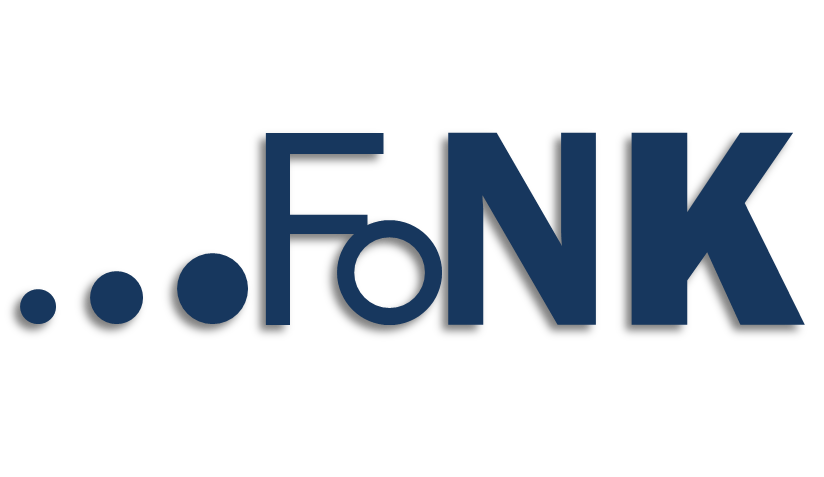Dissertationsprojekt von Melanie Malczok, M.A.
Die Konstitution von Relevanz in Organisationen
Mit Zunahme an Kommunikations- und Informationstechnologien steigen auch die Menge und die Komplexität von Kommunikations- und Informationsangeboten in Organisationen (man denke an E-Mails, Newsletter, Wikis, Kollaborationsplatformen oder Messengeranwendungen). Diese haben in vielen Organisationen mittlerweile ein Ausmaß erreicht, welches an sich für Organisationsmitglieder kaum mehr zu durchdringen und zu verstehen ist. Und so empfinden sich Mitarbeiter*innen, entgegen dem eigentlichen Ziel strategischer interner Kommunikation, „Lost in Information“ (Eppler & Mengis 2004). Dieses Phänomen wird auch als Information Overload (Bawden 2001, Eppler & Mengis 2004), Communication Overload (Karr-Wisniewski & Lu 2010) oder Informationsparadoxon bezeichnet. Für Organisationsmitglieder an allen hierarchischen Positionen der Organisation wird eine Frage immer zentral: Woher weiß ich, was ich wissen muss und welche Informationen für mich relevant sind?
In meinem Promotionsprojekt gehe ich qualitativ-explorativ der These nach, dass Mitarbeiter*innen und das Top Management sich in unterschiedlichen Relevanzräumen bewegen, die, angelehnt an die systemlogischen Prozesse Niklas Luhmanns und an die logischen Kontexturen Gotthard Günthers, zu anderen Selektionsentscheidungen in der Kommunikation führen. Hierzu habe ich narrative Interviews und teilnehmende Beobachtungen in drei verschiedenen Organisationen (Mobilitätsunternehmen, Stadtverwaltung und industrieller Produktionsbetrieb) geführt. In meinem Sample befinden sich sowohl Personen aus dem Top-Management, Verantwortliche der internen Kommunikation, Führungskräfte des mittleren Managements als auch Mitarbeiter*innen aus der operativen Ebene. Anhand einer induktiven Dimensionalisierung (Kelle & Kluge 2000) arbeite ich empirische Regelmäßigkeiten der Entscheidungslogiken und inhaltlich-thematische Sinnzusammenhänge heraus. Diese zeigen:
Wie in Organisationen entschieden wird, was als relevant anzusehen ist, wie Relevanz zugeschrieben, differenziert und markiert wird, welche Verbindung zwischen Relevanz und Kommunikation besteht, und welche Rolle dabei der strategischen internen Organisationskommunikation zukommt.
_____
The Constitution of Relevance in Organizations
With the increase of resources for internal communication management and more or less sophisticated technical tools, there is also an increase of information and communication itself (e-mails, newsletters, wikis, collaboration platforms, messenger tools). This sums up to an amount, which itself hardly can be understood and navigated. As a result, conflicting with the initial intention of internal communication management, employees feel uninformed or even lost in information (Eppler & Mengis 2004). This phenomenon is called information overload (Bawden 2001, Eppler & Mengis 2004), communication overload (Karr-Wisniewski & Lu 2010) or Information Paradox. Thus, for members in an organization one questions become central: How do I know, what I need to know?
In my project I follow a qualitative explorative approach in order to show, that employees and top management are acting in different realms of relevance, that lead, based on the logic of systems (Luhmann) and the logic contextures of Gotthard Günther, to different selections in communication. Therefore, I conducted narrative interviews and semi-structured Observations in three different organizations (Mobility company, city administration and an industrial production company). I interviewed and observed the top management, internal communication management staff, C-suite Managers, but also the blue collar work force. With an inductive dimensioning (Kelle & Kluge) I analyze empirical structures of the logic of decision making and thematic relationships. They show:
How relevance is decided (if this can be called a ‘decision’ at all), how relevance is attributed, differentiated and indicated, the connection between relevance and communication, and the role of internal communication management in this process.
